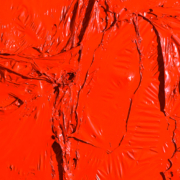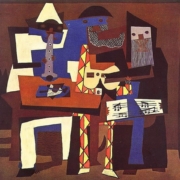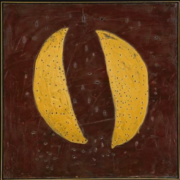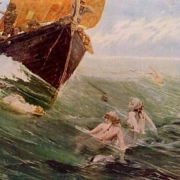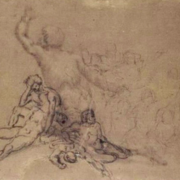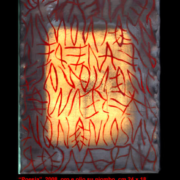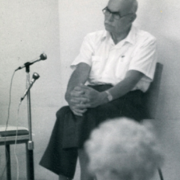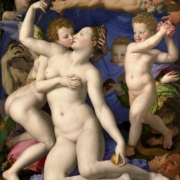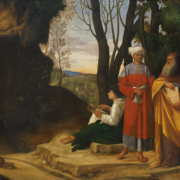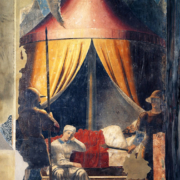Preface
With the ‘historical’ edition on groups and group psychoanalysis, edited by the research association on homogeneous groups, ARGO, we would like to prospect the recapitulation of the many faces that the theme presents and its different levels – in order to be able to link the notion of the present, social and individual, to that of the past that has contributed to producing it. The hope is to succeed in presenting the reader with an evolutionary and future-oriented temporal dimension, as a product of attention to the present. This is not a play on terms, but the feeling that linking individual time to social time can help identity harmony in such an important transitional period as the present.
Moreover, Argo has its roots in the experience of the research group linked to the journal Funzione Gamma and the professorial activities of Prof Claudio Neri at La Sapienza in Rome. There, the first questions about ‘homogeneous function’ in the group and the first distinctions between homogeneous states of mind and distinct, differentiated states were born.
With sincere enthusiasm, Argo’s journal: Group Homogeneity and Differences is publishing jointly with Funzione Gamma, which is hosting it simultaneously, its eighth edition (coming soon, on www.argo-onlus.it/la-rivista), to honour a creative filial bond, and to valorise the polycultural and polysemantic experience of the working group.

